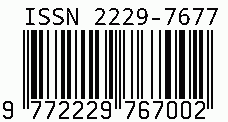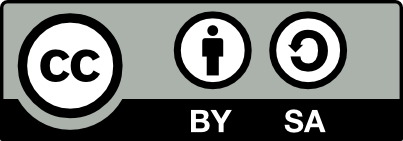
International Journal on Science and Technology
E-ISSN: 2229-7677
•
Impact Factor: 9.88
A Widely Indexed Open Access Peer Reviewed Multidisciplinary Bi-monthly Scholarly International Journal
Plagiarism is checked by the leading plagiarism checker
Call for Paper
Volume 16 Issue 4
October-December 2025
Indexing Partners



















Modelling the Impact of Climate Change in Hydrology of Tamor River Basin
| Author(s) | Mr. Govinda Kumar Majhi, Mr. Aditya Roshan Dhakal, Mr. Bishal Thapa |
|---|---|
| Country | Nepal |
| Abstract | Climate change has emerged as a major challenge for water resources and hydropower generation in the Himalayan region, where rivers are highly sensitive to shifts in temperature and precipitation. This study investigates the potential impacts of climate change on the hydrology of the Tamor River Basin in Near Future (2026AD-2050AD), Mid Future (2051AD-2075AD) and Far Future (2076AD-2100AD). A combination of observed hydro meteorological data from the Department of Hydrology and Meteorology (DHM) and bias-corrected climate projections from CMIP6 under SSP245 and SSP585 scenarios were employed. The HEC-HMS model was calibrated and validated using discharge records from Majhitar(Q684) and Mulghat(Q690) stations, achieving strong statistical performance (NSE= 0.668, R²= 0.7213, and PBIAS=+18.61%) during validation period(2020AD-2024AD) at Mulghat station(Q690), confirming its reliability for flow simulation in the basin. Monthly water flow variations in the SSP245 scenario could range from -27.28% in the dry season and -34.80% in the wet season in the near future(2026AD-2050AD),-27.30% to -34.60% in the mid future(2051AD-2075AD) and -29.64% to -34.80% in the far future(2076AD-2100AD).Under the SSP585 scenario, variations might range from -26.14% to -34.93% in the near future(2026AD-2050AD),-24.21% to -33.86% in the mid future(2051AD-2075AD) and -19.62% to -31.64% in the far future(2076AD-2100AD). |
| Keywords | Climate change, Hydrology, Tamor River Basin, CMIP6 |
| Field | Engineering |
| Published In | Volume 16, Issue 3, July-September 2025 |
| Published On | 2025-09-28 |
| DOI | https://doi.org/10.71097/IJSAT.v16.i3.8361 |
| Short DOI | https://doi.org/g949w3 |
Share this


CrossRef DOI is assigned to each research paper published in our journal.
IJSAT DOI prefix is
10.71097/IJSAT
Downloads
All research papers published on this website are licensed under Creative Commons Attribution-ShareAlike 4.0 International License, and all rights belong to their respective authors/researchers.

